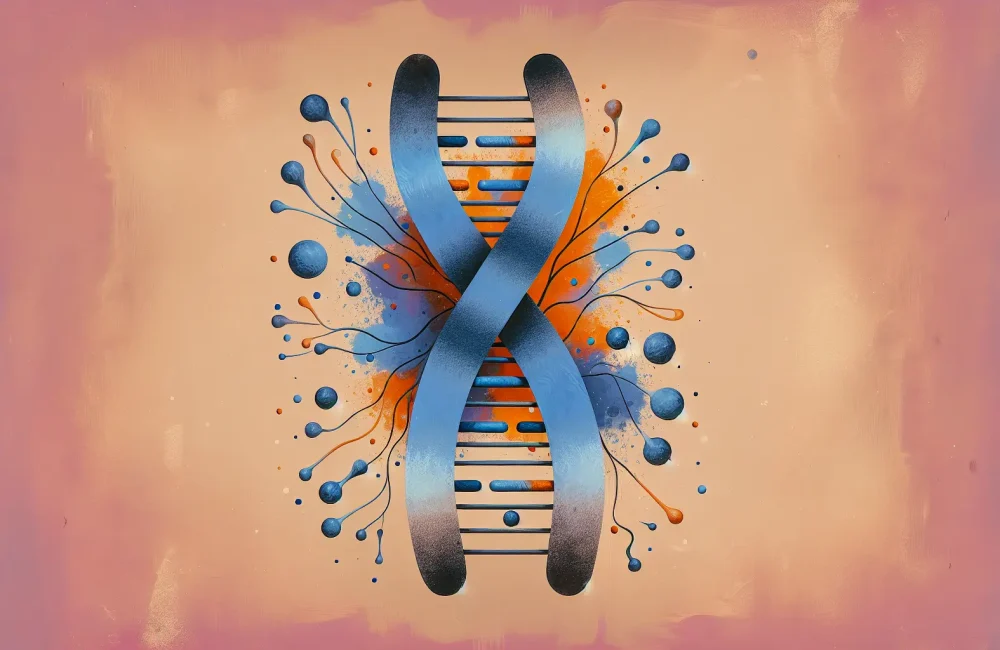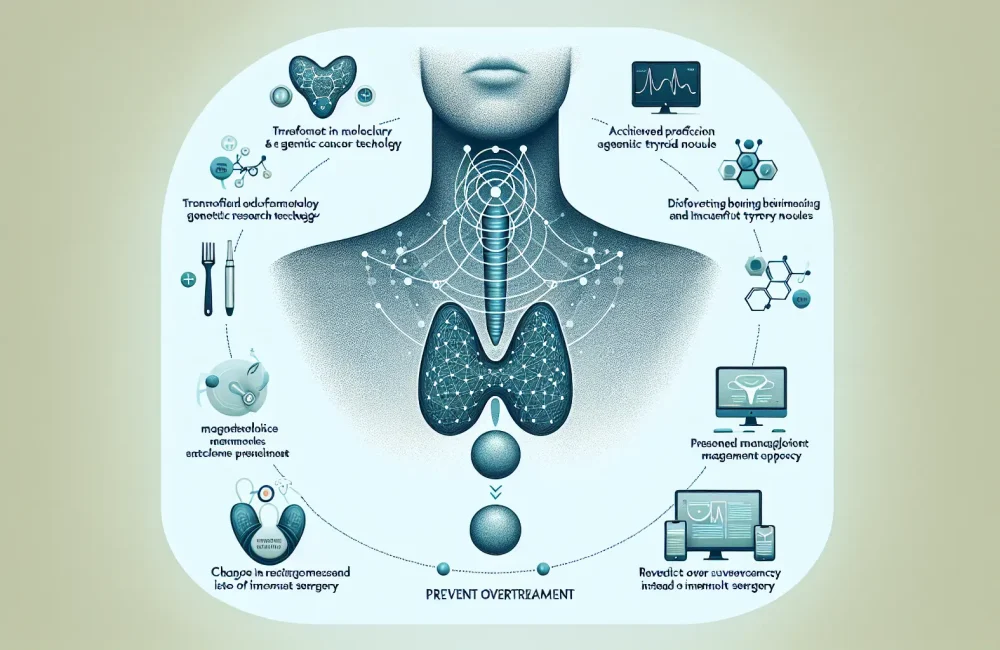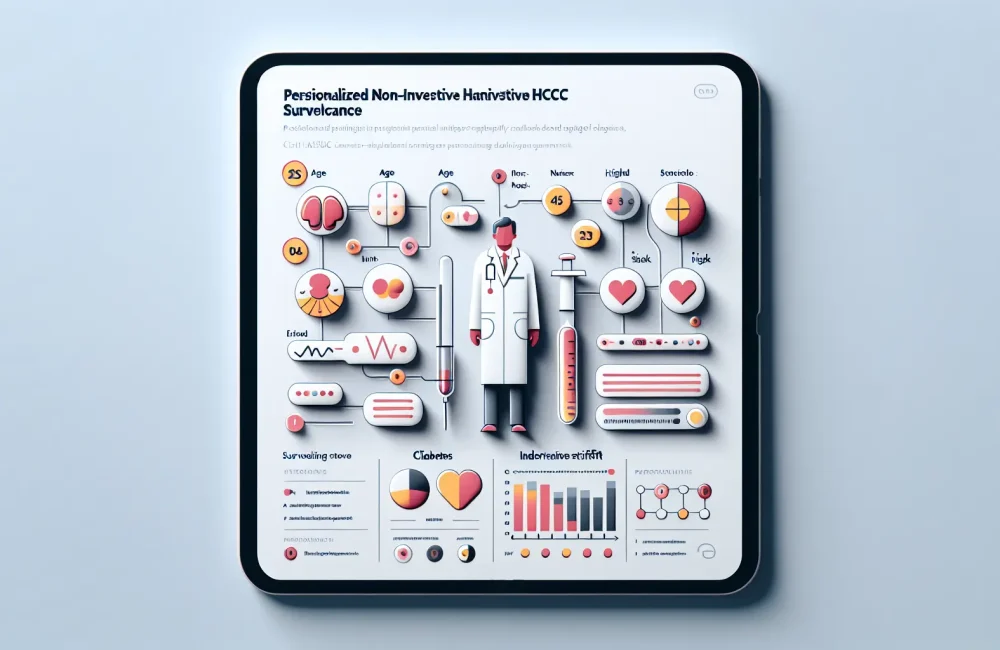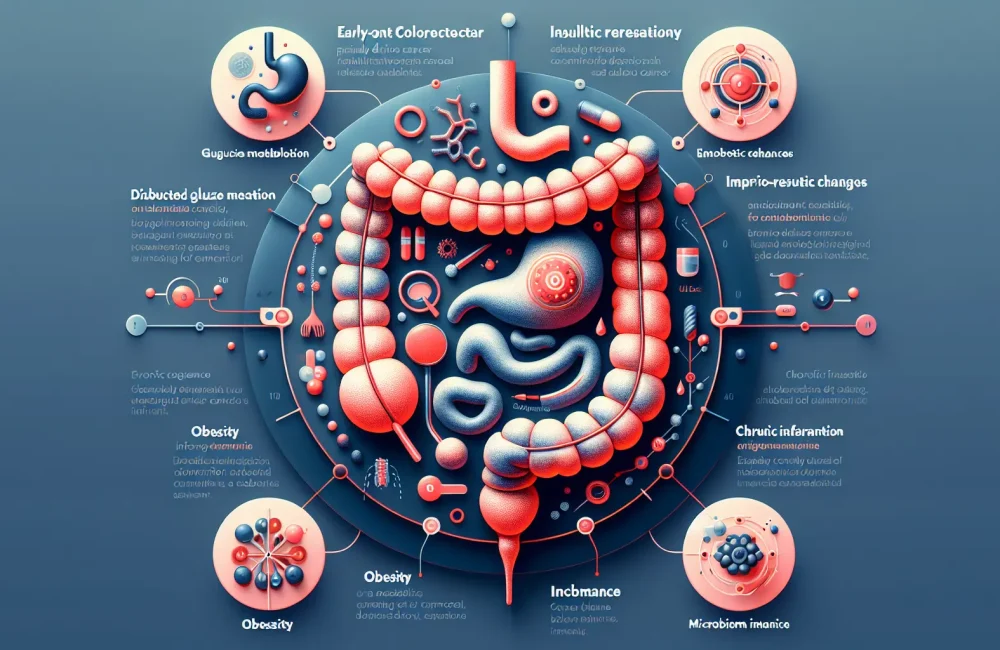By CAFMI AI From npj Genomic Medicine (Open Access)
Identification and Genetic Insights of the TERT p.K1050N Variant
Telomere biology disorders (TBDs) represent a group of genetically driven conditions that arise due to defects in maintaining the protective ends of chromosomes called telomeres. A critical gene involved in these disorders is TERT, encoding the telomerase reverse transcriptase, an enzyme essential for extending telomeres and ensuring genomic stability during cell division. This study focuses on the TERT c.3150 G > C (p.K1050N) variant, now identified as a recurrent, pathogenic mutation predominantly found in individuals of Ashkenazi Jewish descent. Importantly, this variant has been characterized as a founder mutation, meaning it originated from a common ancestor and has persisted in this population group.
Genetic sequencing of a carefully selected cohort of patients revealed the presence of this variant among those presenting with clinical features consistent with TBDs, such as bone marrow failure syndromes and idiopathic pulmonary fibrosis. Functional assays demonstrated that the p.K1050N substitution significantly impairs telomerase enzyme activity, leading to ineffective telomere elongation and contributing to accelerated telomere shortening. Importantly, telomere length measurements in carriers showed marked reduction compared to non-carrier controls, confirming the profound biological impact. The discovery of this variant’s founder nature assists in understanding its prevalence in Ashkenazi Jewish populations and highlights the importance of considering population genetics in diagnostic strategies.
Clinical Implications and Phenotypic Spectrum of the TERT p.K1050N Mutation
The clinical manifestations associated with the TERT p.K1050N variant exhibit considerable heterogeneity, influenced by genetic background and environmental factors. Patients carrying this mutation may present with a range of symptoms commonly linked to telomere biology disorders including bone marrow failure, idiopathic pulmonary fibrosis, and other organ-specific fibrotic conditions. Notably, the variability in clinical severity complicates diagnosis, especially in primary care settings without genetic testing availability. The study’s detailed phenotypic characterization draws attention to subtle presentations and the potential for late-onset disease, underscoring the need for heightened clinical suspicion among healthcare providers treating Ashkenazi Jewish patients.
For frontline clinicians, these findings suggest integrating genetic testing for the TERT c.3150 G > C variant as part of the diagnostic workup in patients of Ashkenazi Jewish descent exhibiting unexplained cytopenias, pulmonary fibrosis, or other signs pointing to telomere dysfunction. Early identification enables proactive disease management, including monitoring for marrow failure progression and pulmonary complications, which can significantly impact patient prognosis. Moreover, familial screening and genetic counseling become critical elements to identify at-risk relatives and guide surveillance strategies, offering opportunities to initiate early interventions and tailored therapeutic approaches.
Future Directions, Therapeutic Potential, and Healthcare Workflow Integration
This study not only elucidates the pathogenic role of the TERT p.K1050N variant but also opens avenues for future research and clinical practice improvement. Understanding the molecular mechanisms by which this mutation disrupts telomerase activity reinforces the rationale for developing targeted therapies aimed at restoring telomere maintenance. Potential therapeutic strategies could include telomerase activators or gene-editing approaches tailored to correct the dysfunctional TERT protein. Parallel efforts in the field are exploring interventions to alleviate fibrosis and improve hematopoietic function in affected patients.
From a healthcare delivery perspective, incorporating molecular diagnostic screening for the TERT founder mutation into routine clinical workflows for Ashkenazi Jewish populations can enhance early detection and personalized patient care. Primary care providers and specialists should be educated about the implications of telomere biology disorders and the availability of genetic testing. Guidelines may need updating to recommend screening in relevant clinical contexts, emphasizing a multidisciplinary approach involving hematologists, pulmonologists, geneticists, and genetic counselors. Additionally, clinician counseling regarding the inheritance pattern and potential risks for family members is vital for comprehensive care. Ongoing research and collaboration among clinical and research communities will be essential in translating these genetic insights into improved outcomes for patients with telomere biology disorders.
Read The Original Publication Here






